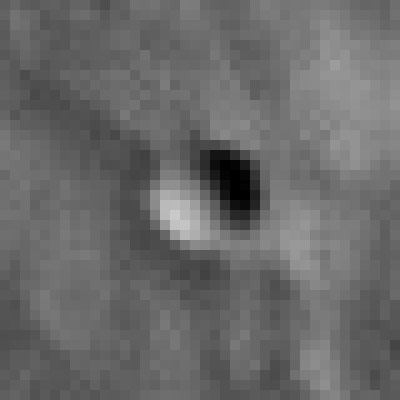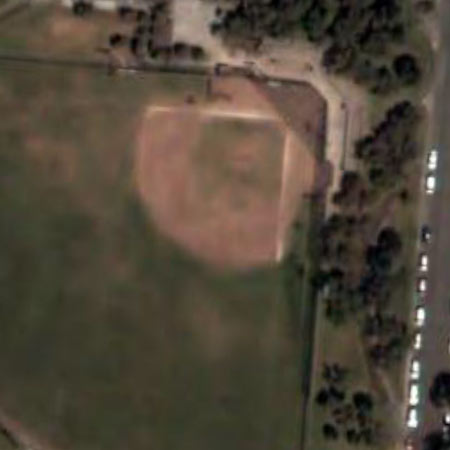As most people know, in 2003, a pair of twin rovers named Spirit and Opportunity were both launched to Mars. They landed there in January of 2004. Their goal was to attempt to discover if Mars had ever contained liquid water.
Through various methods, the two rovers quickly accomplished this mission. The first major clue was that the rovers found vast amounts of a mineral known as hematite, which is only known to form in the presence of water. More interestingly, the hematite was found in small pellets, about 1 cm in diameter, and were nicknamed blueberries.

Aside from the discovery of hematite, various salts were also found that require liquid water to form. Another important clue was that the surface of mars shows signs of crossbedding which again, only happens in the presence of liquid water.

The Spirit and Opportunity rovers were only intended to last 3 months. Currently, they're coming up on 2 years of operation on the red planet.
But Spirit and Opportunity aren't the only goodies over at Mars right now. Recently, a new orbiter, known as the Mars Reconnissance Orbiter fell into orbit and is mapping the entire surface at unprecedented resolution. To illustrate just how amazing this resolution is, I'm going to steal a page from the Bad Astronomy Blog.
Here's one of the earliest pictures from MRO:

There's a fairly small crater in the lower left corner that the Bad Astronomer enlarged to get this:

Doesn't look like much, but this crater is actually only 30 meters across! That's tiny! For comparison, the Bad Astronomer posts this picture he found on Google maps of something similar sized on Earth so we can get some idea of comparison:

Keep in mind, this image was taken of Mars. On Mars' closest approach a few years back, I had the opportunity to observe it with a 16" telescope (that's pretty damn big for those of you that aren't familiar with astronomical instruments). Even then, it was only about the size of a quarter held at arm's length. I was impressed that I could easily make out the polar caps as well as seveal light and dark features. But those features are all thousands of km in size. And here we are being able to resolve objects down to only a few meters across.
Simply amazing.
That's all for tonight, but I'm going to continue along this line and over the next few day, post about all the exciting things that are going on at several other places in the solar system including, Venus, the moon, Saturn, and probably more.


No comments:
Post a Comment